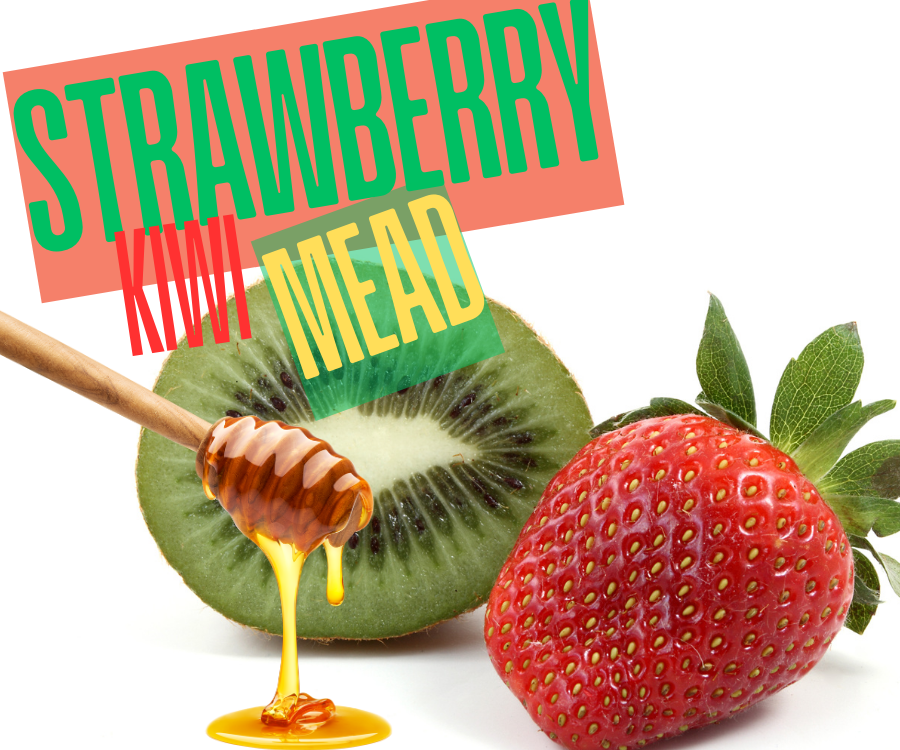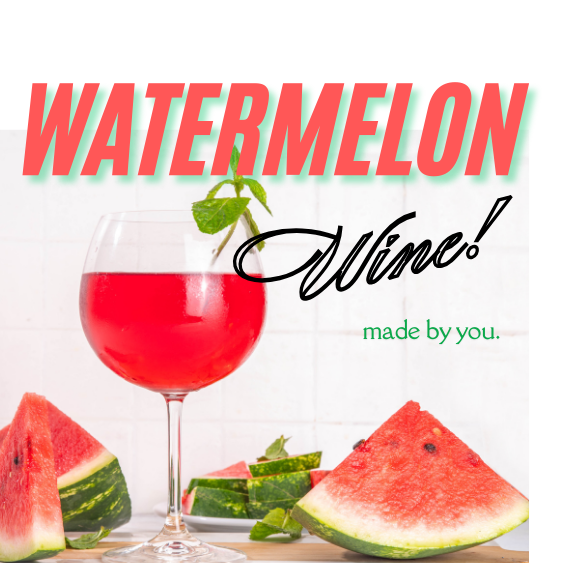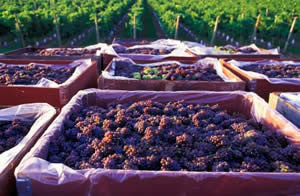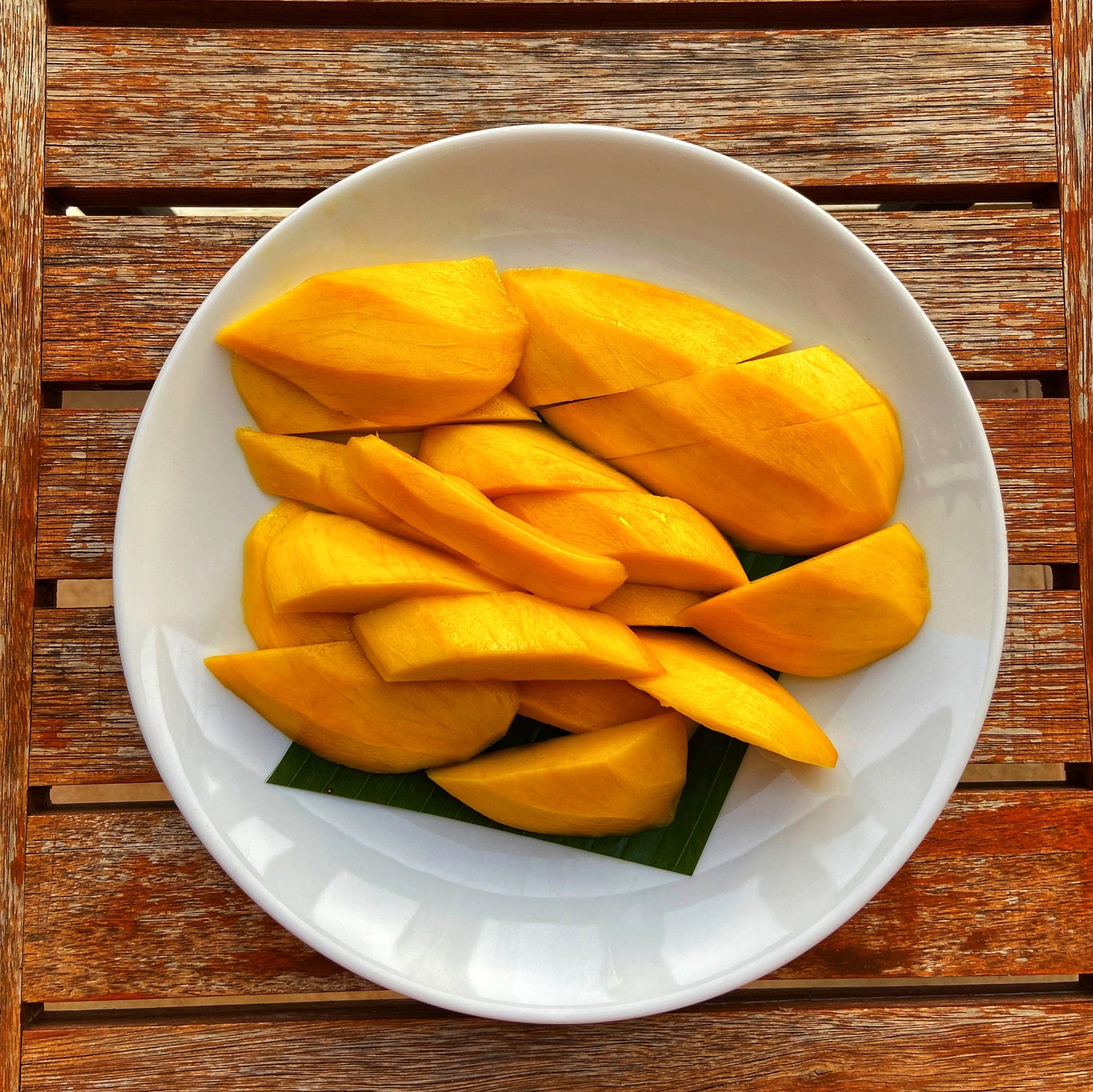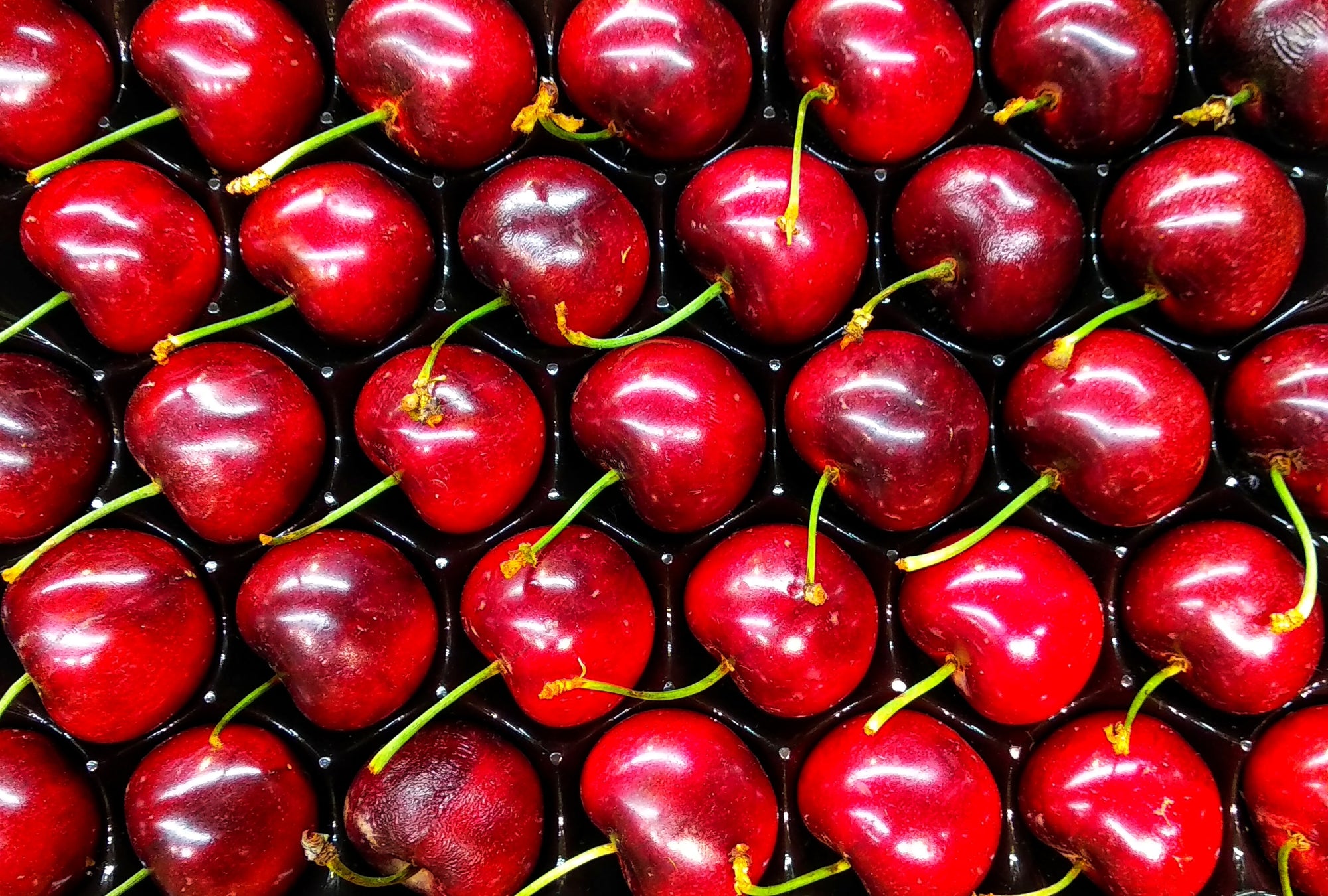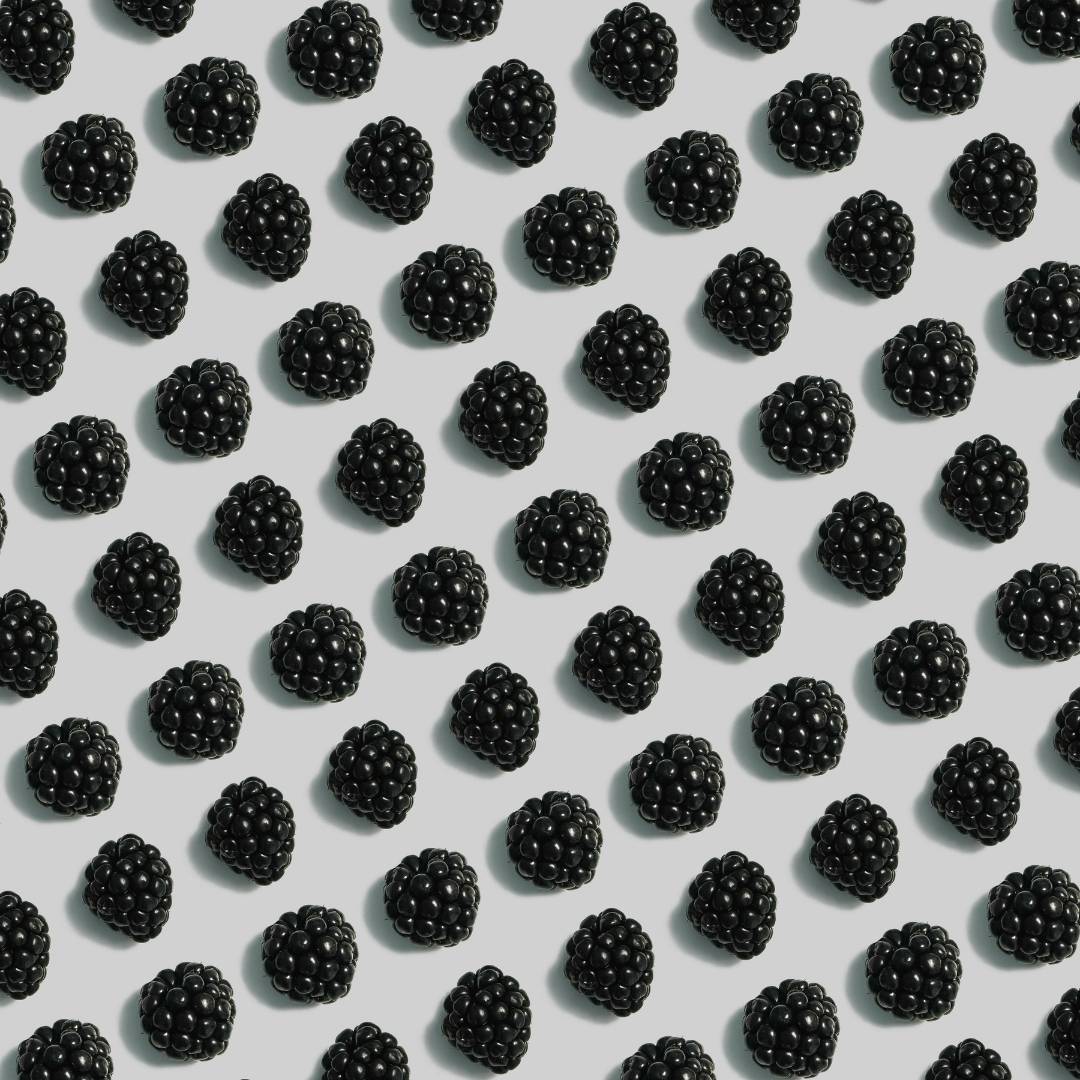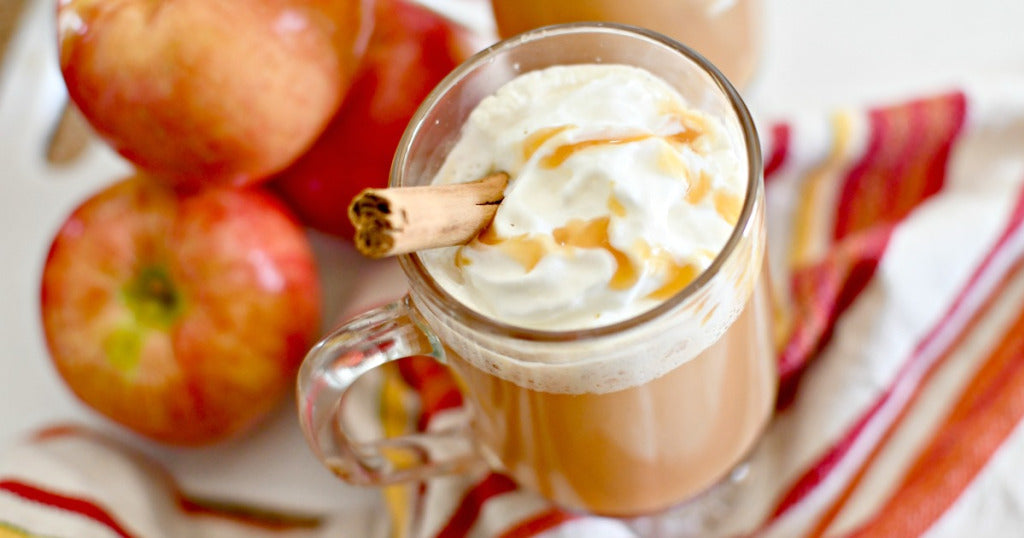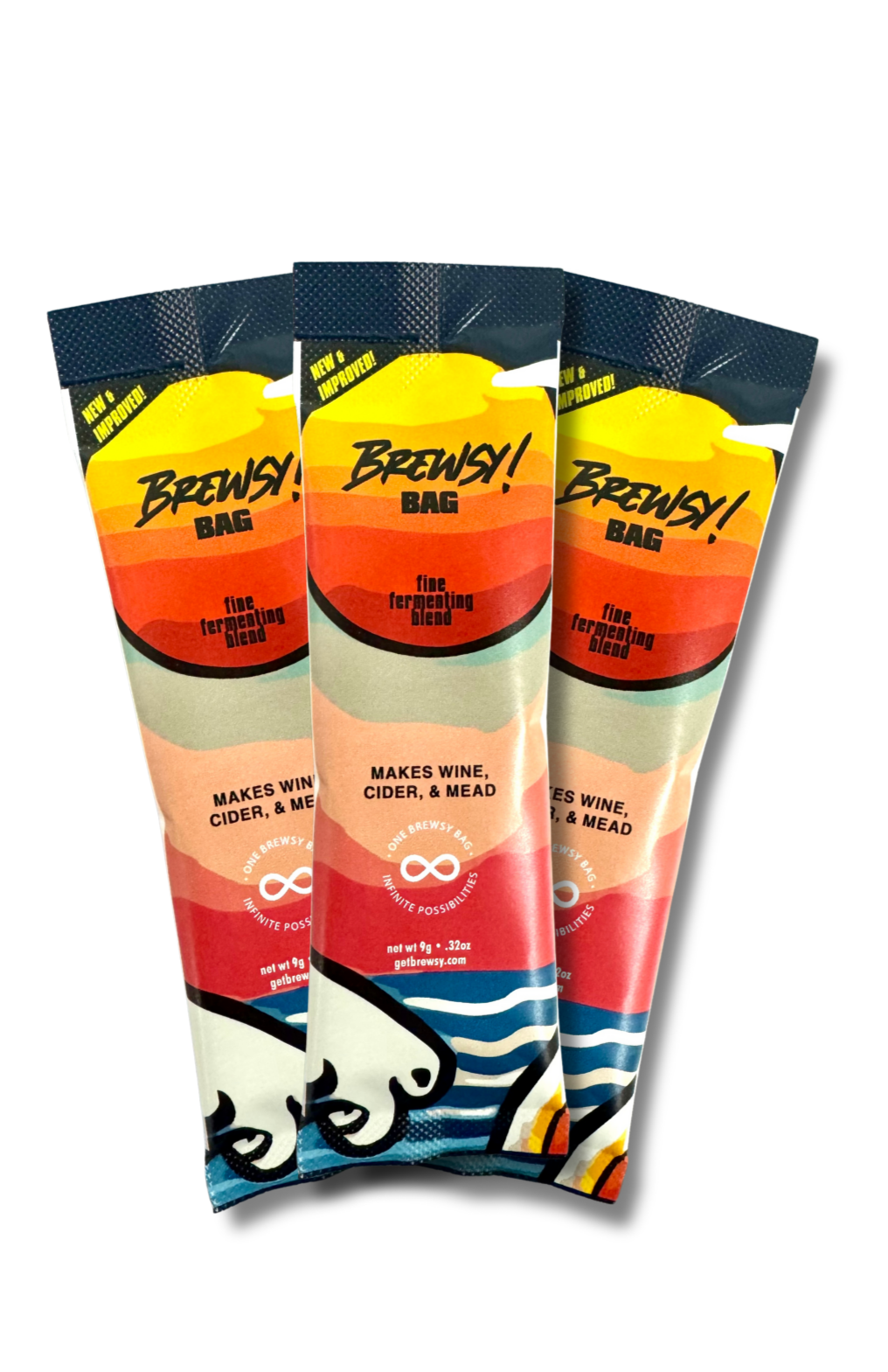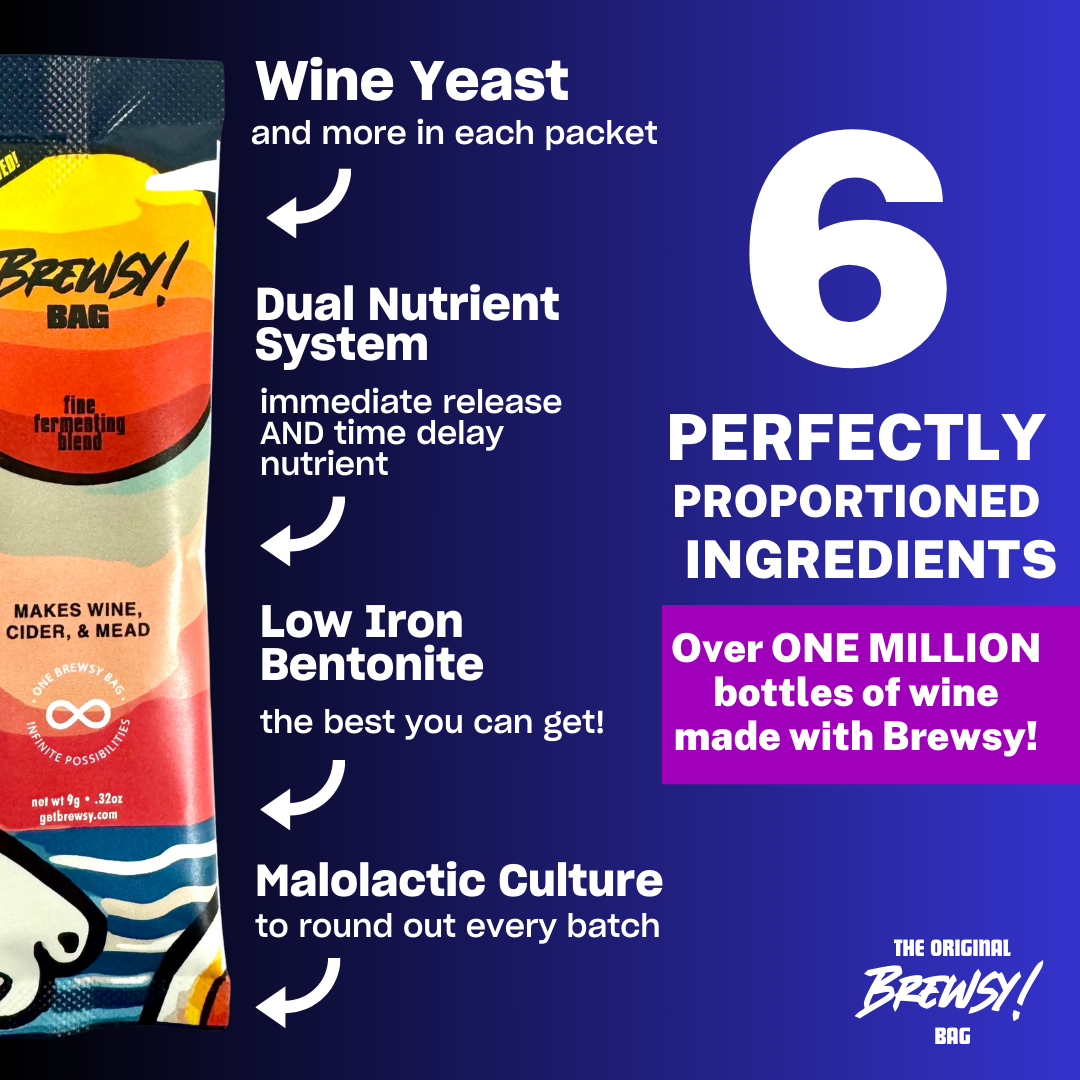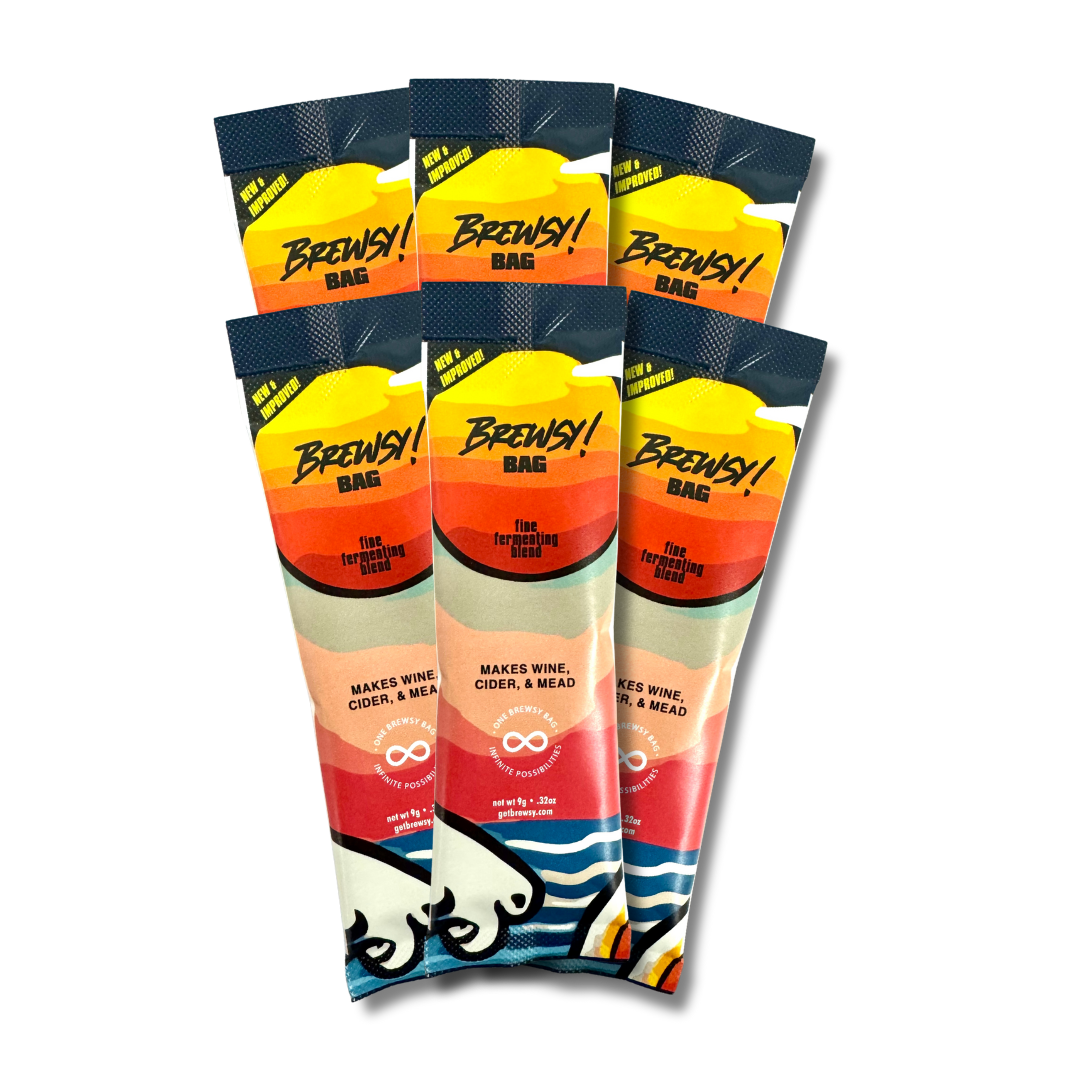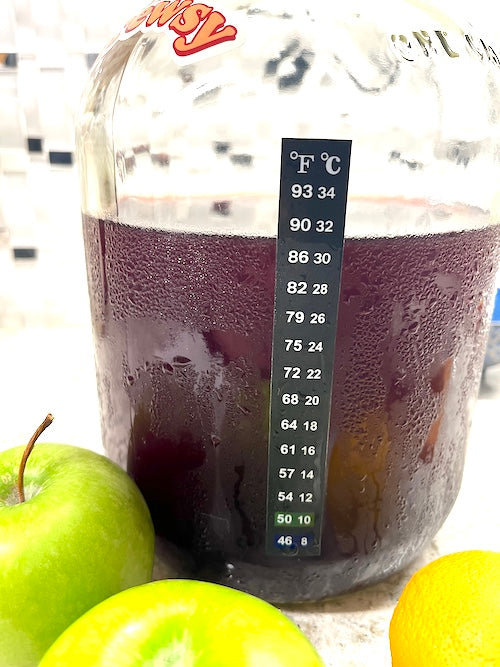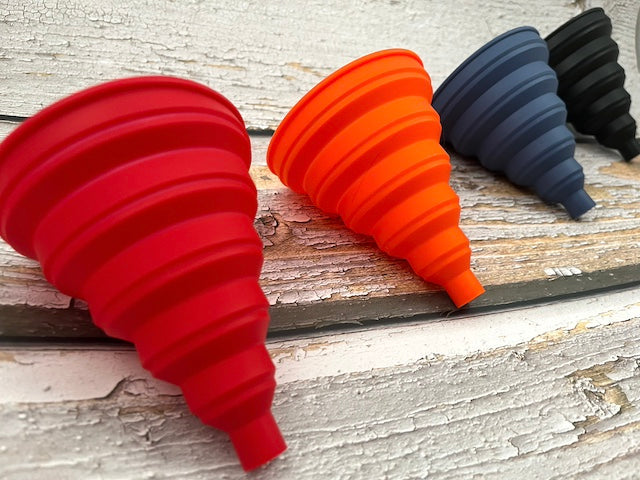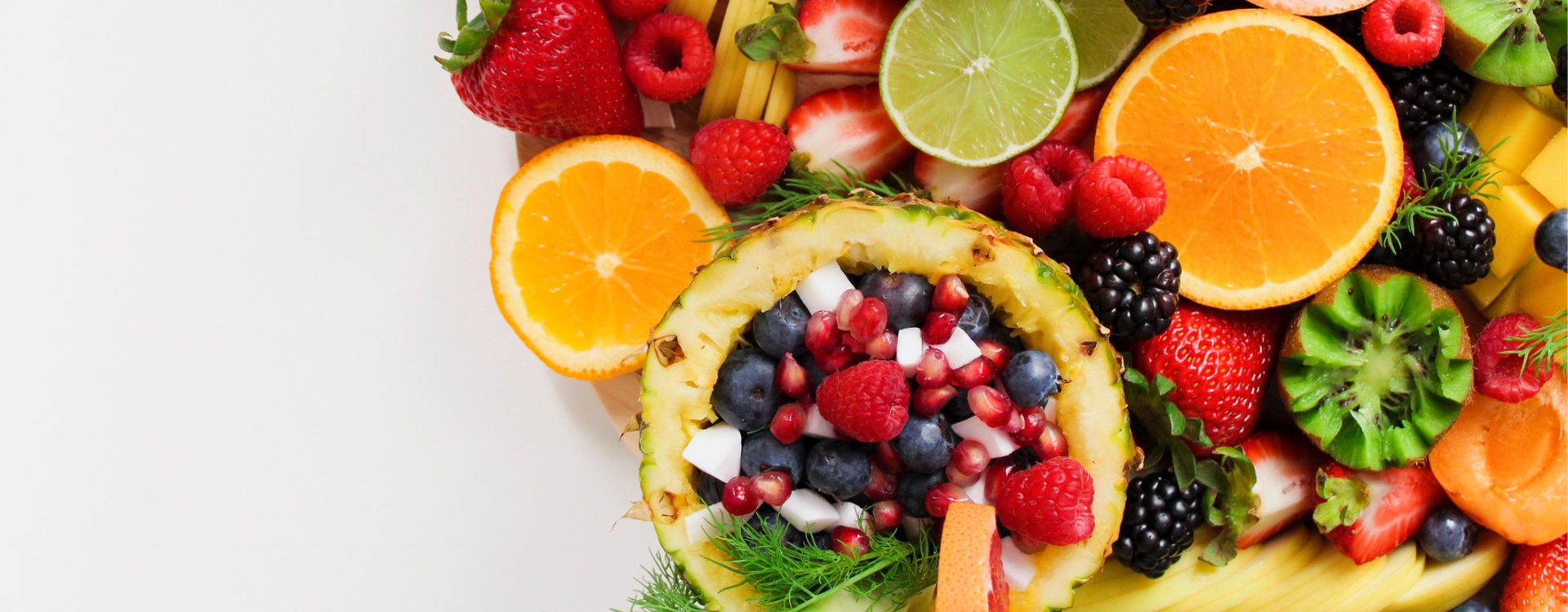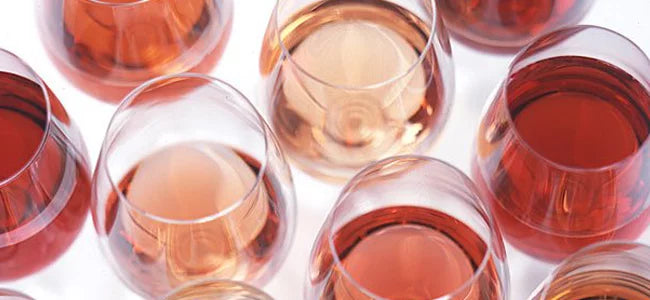
What Is the Difference Between Rosé and Blush Wine?
As with any color of the rainbow, pink also comes in various shades and hues, and just like the color pink, certain wines can also come in various shades and hues, especially rosé wines, so what is the difference between rosés and blushes?
They may look the same, the may smell and taste the same, and they may even have the same pairings, and while the names are often used interchangeably, there is a subtle difference. The difference between these two wines boils down to how it was made.
What is a rosé wine?
A rosé has just one method of production, and that is to leave the pressed grape juice in contact with the skins for about an hour so, just enough time to lightly tint the juice. From here, it is left to ferment as any other wine then goes through the clarifying process, then it is bottled and sold. Two of the most common grapes used to make rosé are pinot noir and sangiovese, the latter of which is well known in being the grape of choice in making Chianti wine.
What is a blush wine?
Unlike rosé, there are two ways to make blush. One is basically exactly the same method as making rosé, or it is simply a blend of red and white wines. The most common grapes used for blushes are the white Zinfandel and white Merlot, but despite having 'white' in the name, they are red grapes.
Thus, logically, all rosés are blushes, but not all blushes are rosés.
Another difference between the two wines is that rosés tend to be more carefully produced, whereas blush wines tend to be mass-market products manufactured in big batches.
For the most part, rosés and blushes tend to have very similar characteristics. Both wines are more close to white wines, but have slightly more body to them, therefore, are still rather light wines which are generally considered to be fantastic summertime wines due to its freshness and crispness.
Unlike blushes, however, rosés tend to have a wider variety in terms what grapes are used to make the wine as it can range from sangiovese to even Champagne. It is usually possible to create rosés from any red grape.
How to serve rosés and blushes?
Just like white wine, rosés and blushes are best served chilled, around 40-45 degrees F, but certain drier rosés would benefit from slightly warmer temperatures, around 43-48 degrees F.
How to pair rosé and blush wines?
Due to the more delicate nature of the the flavors, pairing these wines are akin to white wine pairings, so they go really well with many fish dishes such as salmon, or a cheese pairing such as goat.
Considering how subtle the differences are between these two wines, it makes for an excellent example on just how varied yet detailed the world of winemaking can be - very similar and yet still different, even if it is just through the production method.
Making rosés or blushes may be a more meticulous endeavor when it comes to homebrewing, but it would also be a rewarding experience.

